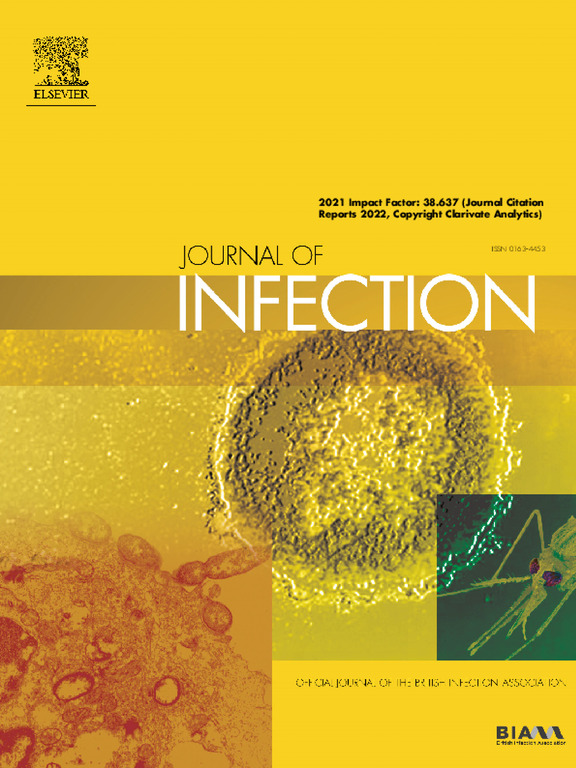UK guidelines for the investigation and management of eosinophilia in returning travellers and migrants
IF 14.3
1区 医学
Q1 INFECTIOUS DISEASES
引用次数: 0
Abstract
Eosinophilia is a common finding in returning travellers, migrants and other travelling groups. In this setting, it often indicates an underlying helminth infection. Infections associated with eosinophilia are frequently either asymptomatic or associated with non-specific symptoms but some can cause severe disease. Here the British Infection Association guidelines group has comprehensively reviewed and updated the UK recommendations for the investigation and management of eosinophilia in returning travellers, migrants and other relevant groups, first published in 2010.1 Literature reviews have been undertaken to update the evidence on the prevalence and causes of eosinophilia in these groups and on the treatment of relevant pathogens and clinical conditions. Diagnostic tests available to UK-based clinicians are summarised.
Changes made to the guidelines include updates in the sections on the investigation and empirical treatment of asymptomatic eosinophilia and on the treatment of trichuriasis, lymphatic filariasis, onchocerciasis, hookworm, fascioliasis and taeniasis. Pathogens which are rarely encountered in UK practice have been removed from the guidelines and others added, including an expanded section on fungal infection. A section on off-license and rarely used drugs has been included.
英国回国旅行者和移民嗜酸性粒细胞增多症调查和管理指南。
嗜酸性粒细胞增多症是返乡旅行者、移民和其他旅行群体的常见病。在这种情况下,嗜酸性粒细胞增多通常表明有潜在的蠕虫感染。与嗜酸性粒细胞增多症相关的感染通常无症状或伴有非特异性症状,但有些感染可导致严重疾病。在此,英国感染协会指南小组全面回顾并更新了英国于 2010 年首次发布的关于回国旅行者、移民和其他相关群体嗜酸性粒细胞增多症的调查和管理建议1 。对英国临床医生可用的诊断测试进行了总结。更新版指南中的改动包括对无症状嗜酸性粒细胞增多症的调查和经验性治疗,以及对毛滴虫病、淋巴丝虫病、盘尾丝虫病、钩虫病、筋膜炎、泰尼丝虫病的治疗。指南中删除了在英国实践中很少遇到的病原体,增加了其他病原体,包括扩大了真菌感染部分。此外,还加入了关于非许可药物和罕用药物的章节。
本文章由计算机程序翻译,如有差异,请以英文原文为准。
求助全文
约1分钟内获得全文
求助全文
来源期刊

Journal of Infection
医学-传染病学
CiteScore
45.90
自引率
3.20%
发文量
475
审稿时长
16 days
期刊介绍:
The Journal of Infection publishes original papers on all aspects of infection - clinical, microbiological and epidemiological. The Journal seeks to bring together knowledge from all specialties involved in infection research and clinical practice, and present the best work in the ever-changing field of infection.
Each issue brings you Editorials that describe current or controversial topics of interest, high quality Reviews to keep you in touch with the latest developments in specific fields of interest, an Epidemiology section reporting studies in the hospital and the general community, and a lively correspondence section.
 求助内容:
求助内容: 应助结果提醒方式:
应助结果提醒方式:


